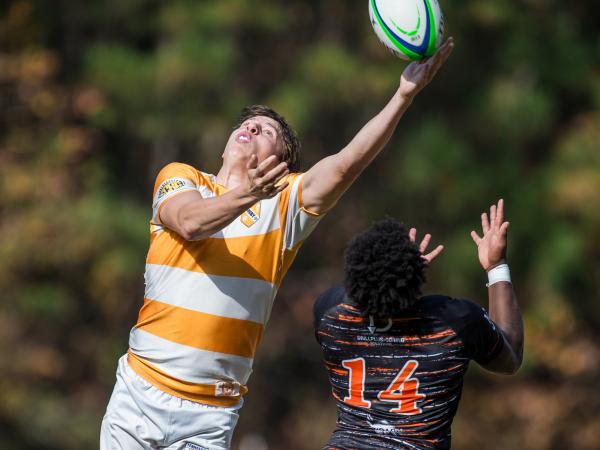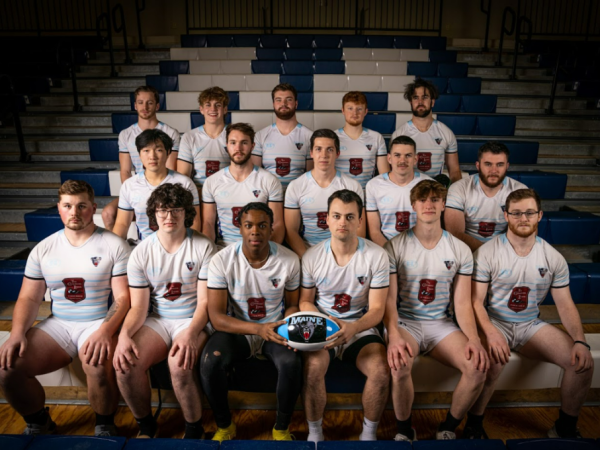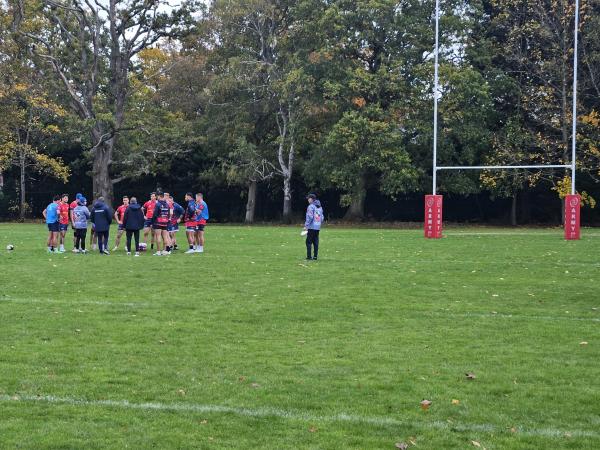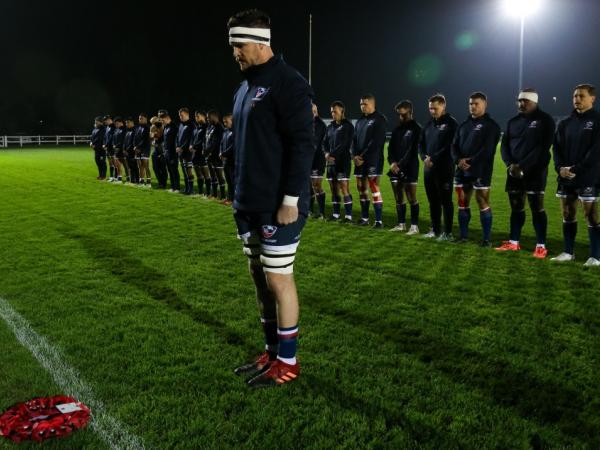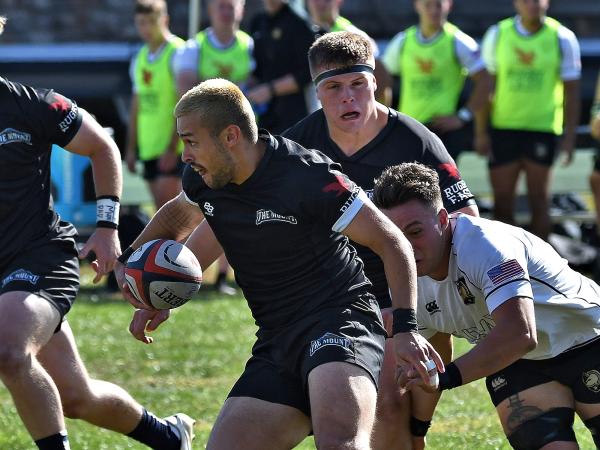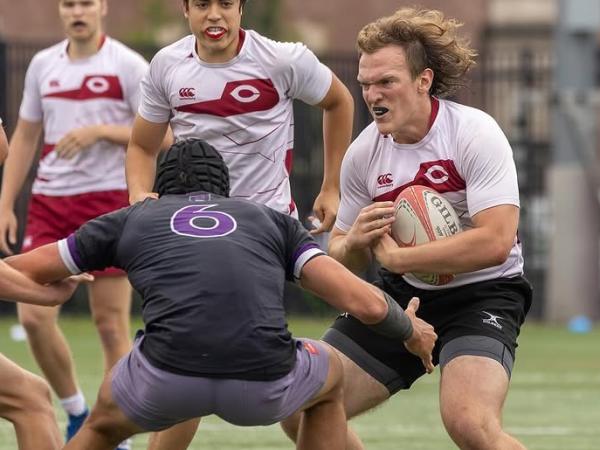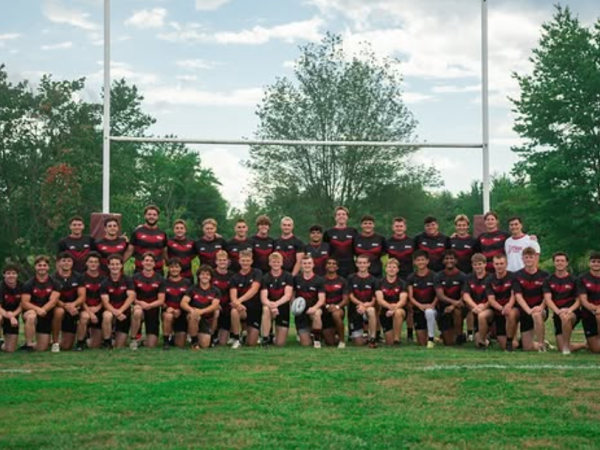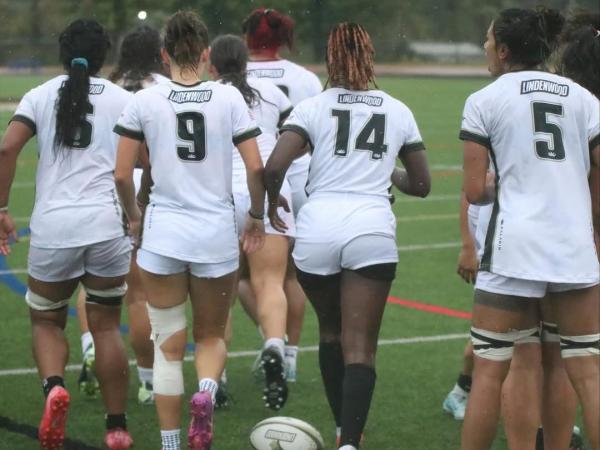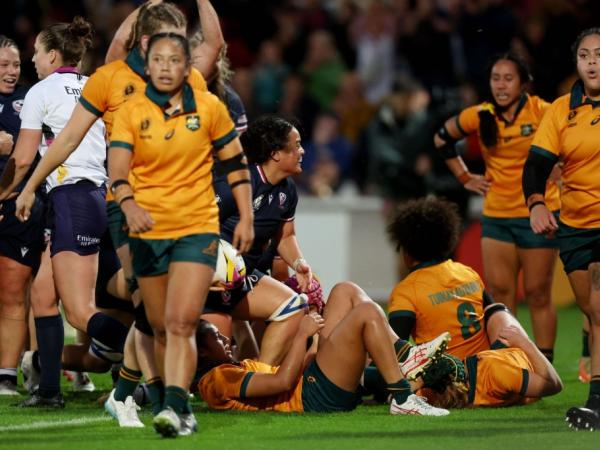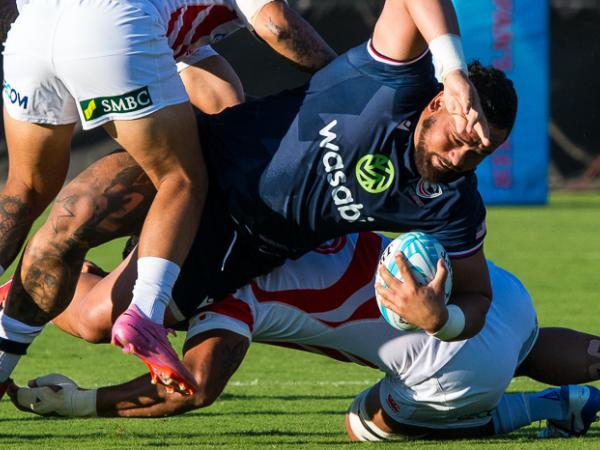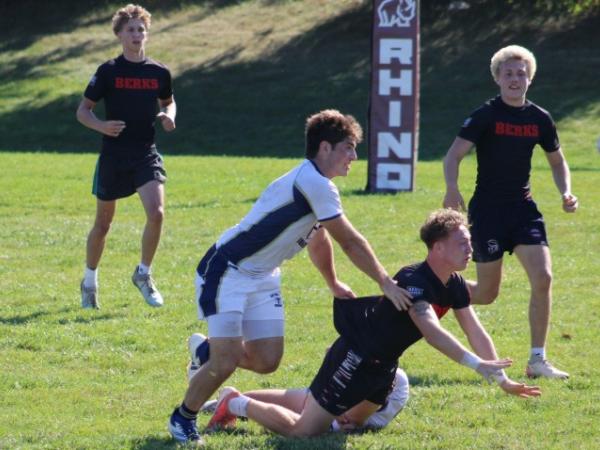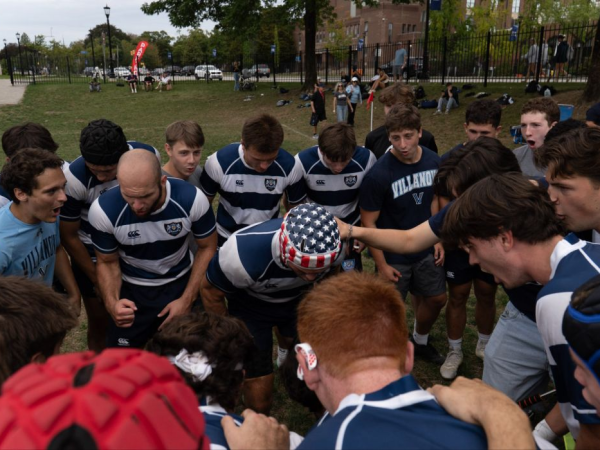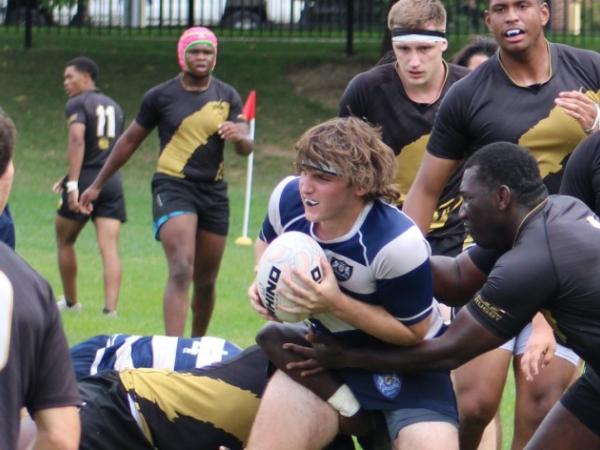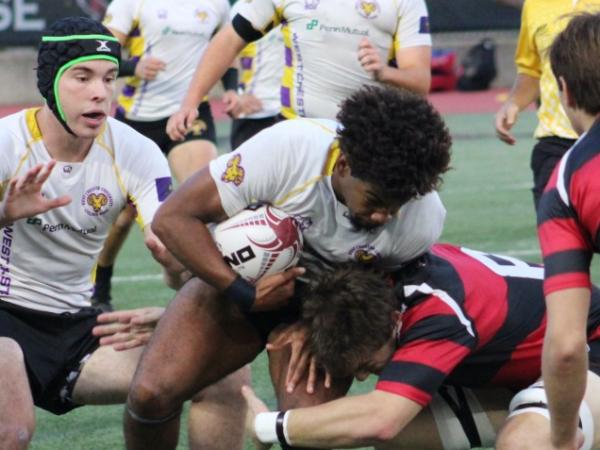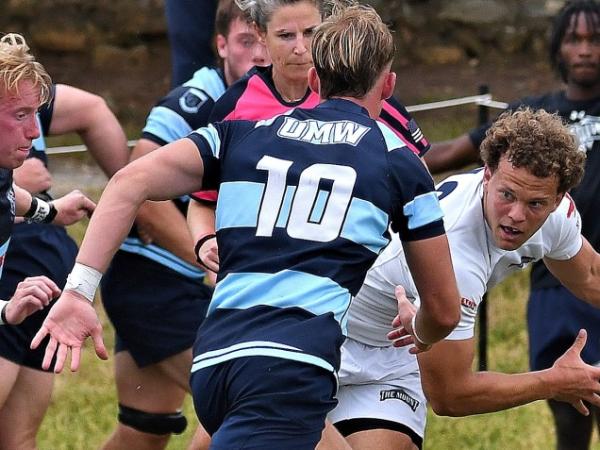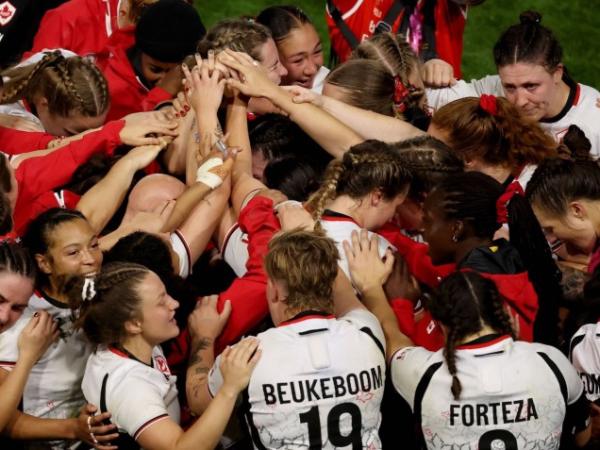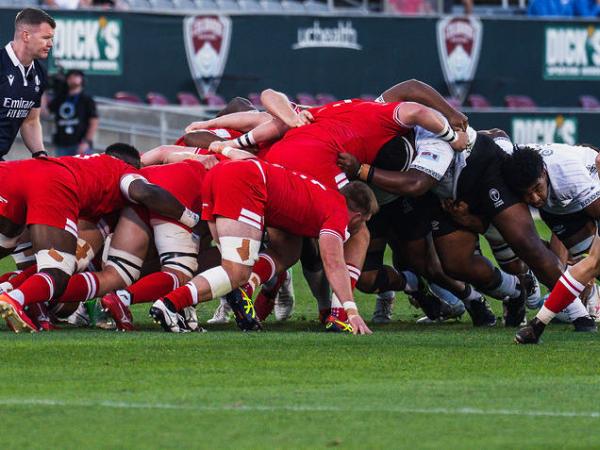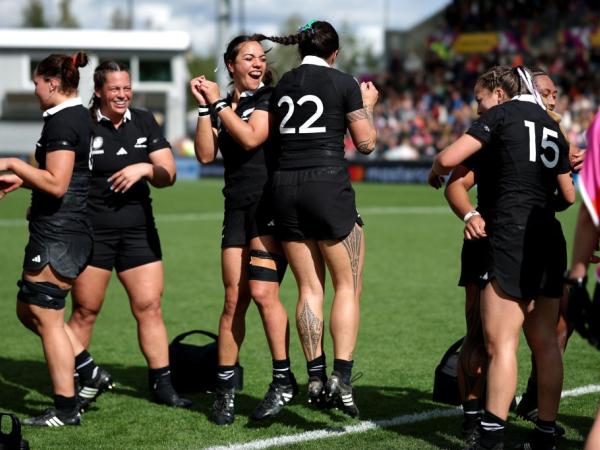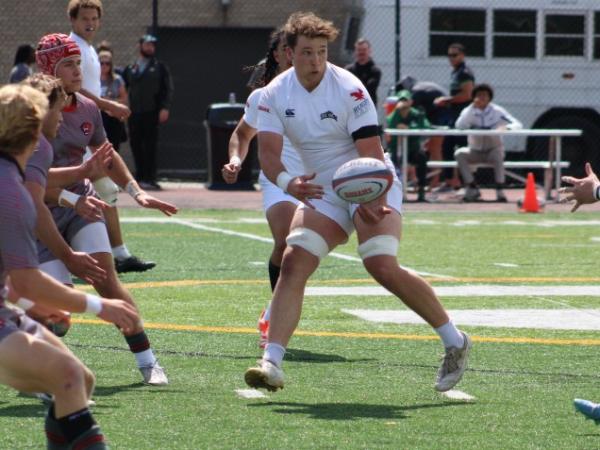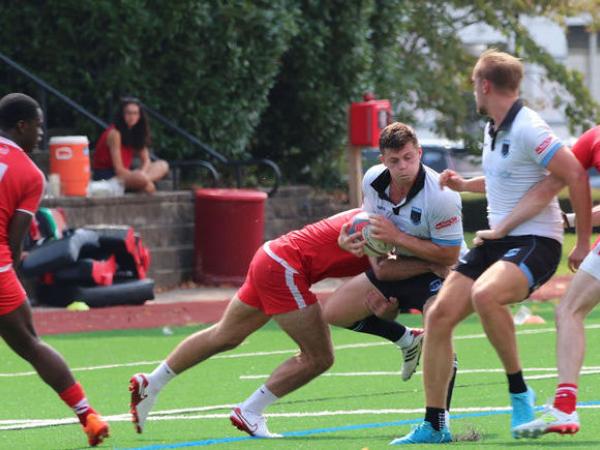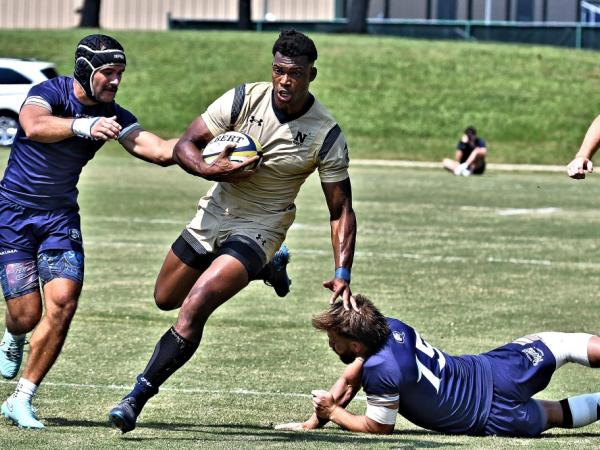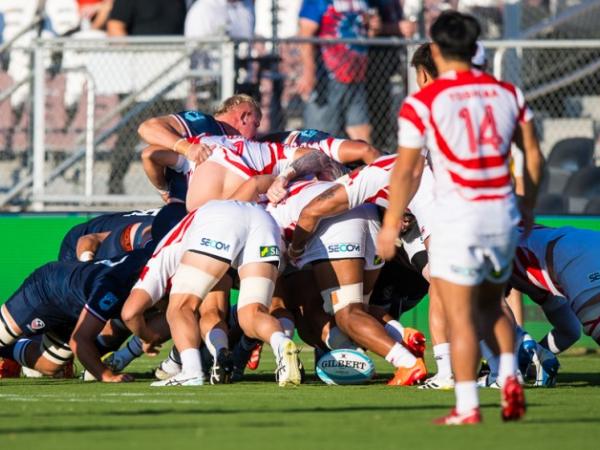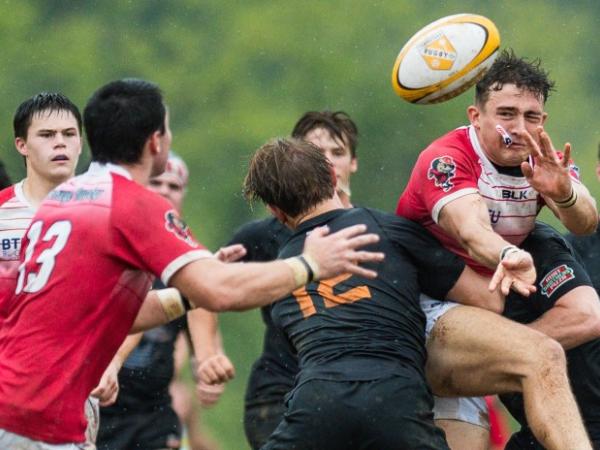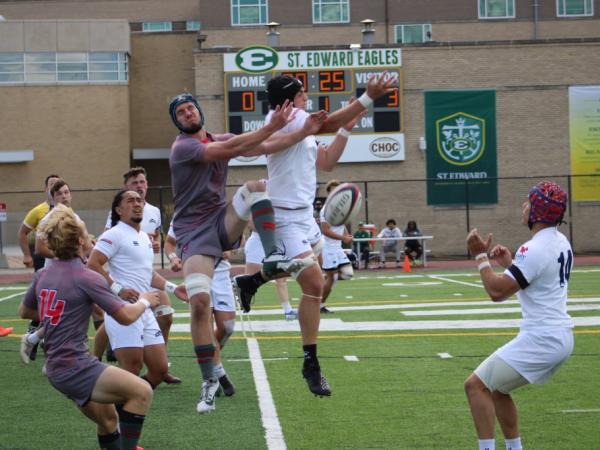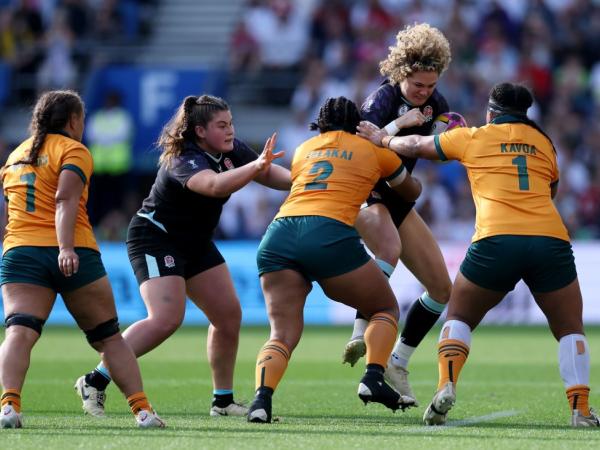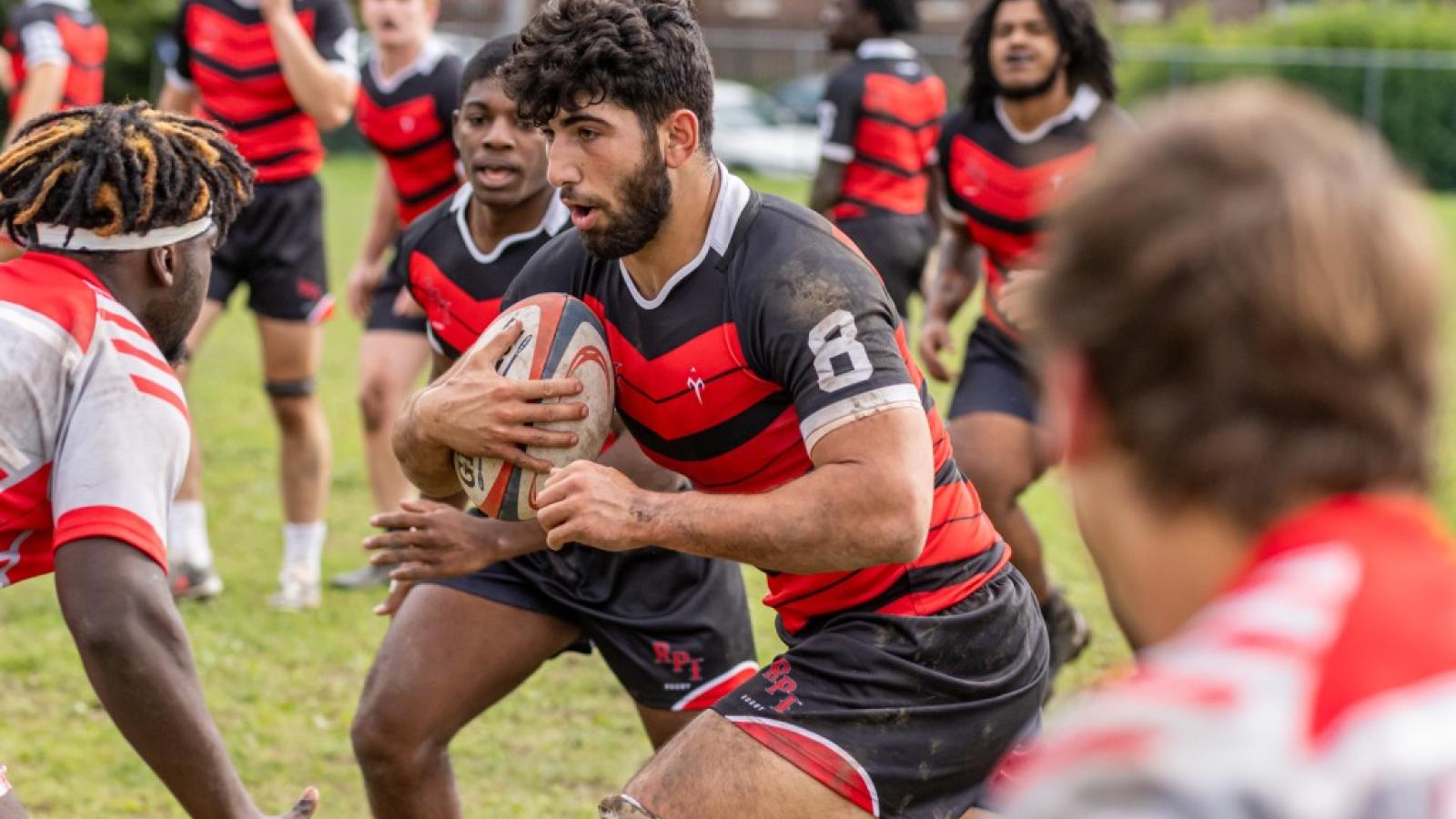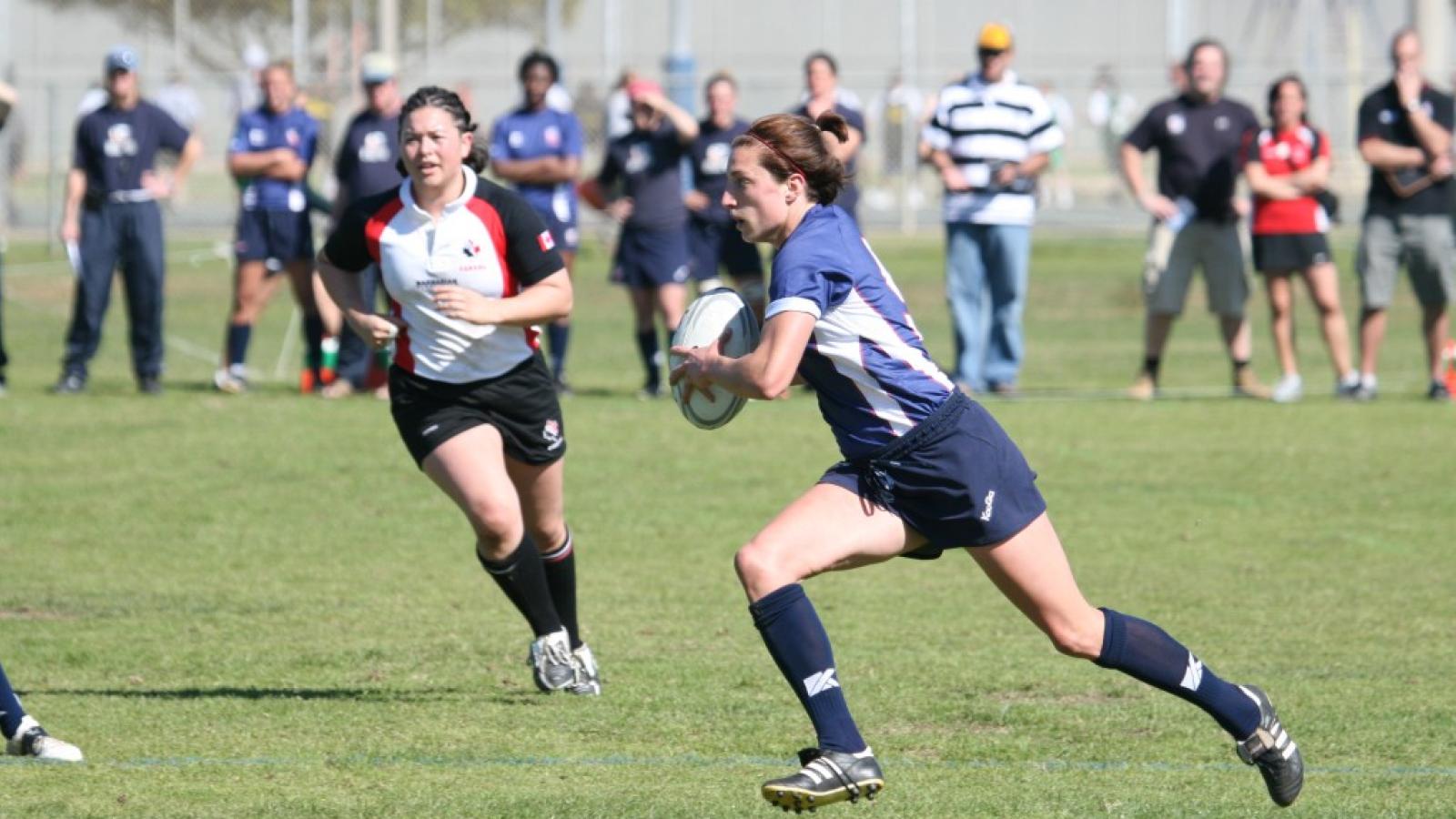After reflecting on the past weekend in college rugby, we at GRR World Headquarters got down to looking at college conferences.
As we've talked about before, we do judge conferences in part based on which conferences work for the teams involved. Some of the criteria for judging conferences is how many close games there are and whether the teams involved are of a like background and set of goals.
Lately, the conferences have come together and shifted into a situation where most of them are made for teams with common goals and backgrounds. Not all are consistently competitive.
We looked at D1A, NCR D1, and D1AA conferences that played this fall (skipping one or two whose play extends into the spring). Here's what we found:
(Percentages are rounded to the closest half-percent and are based on our own count and we might be off a little if we missed a result or a postponed game got played and we missed it). Very Close is 7 points or closer; Somewhat Close is a winning margin of 8 to 14 points; Not-Close is a winning margin of 21 points or more.
| Conference | % Very Close Games | % Somewhat Close Games | % Not-Close Games |
| Big 10 | 28.5% | 33% | 33% |
| Big Rivers | 42% | 21% | 21% |
| MAC | 25% | 14% | 58% |
| Liberty D1AA | 18.5% | 15% | 52% |
| Liberty D1 | 16% | 27% | 49% |
| MAC | 25% | 14% | 58% |
| MARC | 21% | 12% | 48.5% |
| Rocky Mountain | 11% | 0% | 72% |
| Rugby East | 30.6 | 17% | 33% |
| SCRC | 15.5% | 8% | 50% |
| Southern Conference | 20% | 0% | 67% |
This is one set of measurements, but it is educational.
Almost two-thirds of Big Rivers games were within two tries, which is pretty impressive. The Big 10, at 61.5%, is close to that metric. It also follows that the fewest blowouts would be in those conferences, and indeed Big Rivers has the fewest lopsided games. The second-most, though, is a tie between the Big 10 and Rugby East.
What this tells us is something we've known for a while—the Big Rivers and the Big 10 both are the right kinds of conferences for the teams that are competing in them. They are like-minded schools and teams (we knew that already) and that has translated into competitveness—more close games than blowouts.














